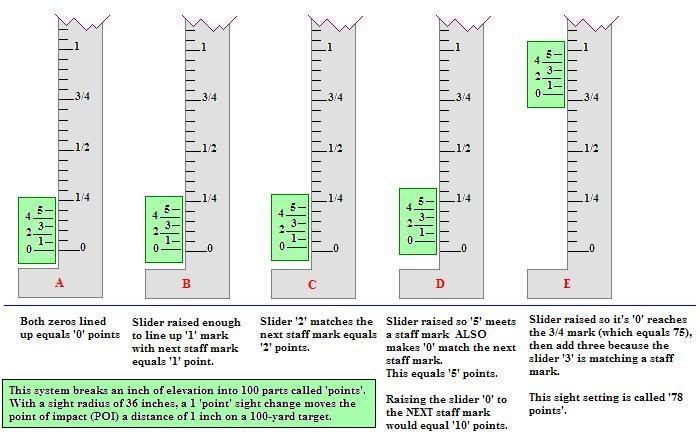I recently purchased a c sharps 1875 rifle 45 70 with their midrange sight. I am unfamiliar with using this type of sight and was wondering if someone could help me understand how to read the markings on the side. The sight ladder is marked from 0 to 2 inches and the slider has 6 marks on it. Once I have it sighted in at a known distance; how would I know how far to move the sight for longer range?
Thanks

|
   
   
|


|



 Reply With Quote
Reply With Quote












